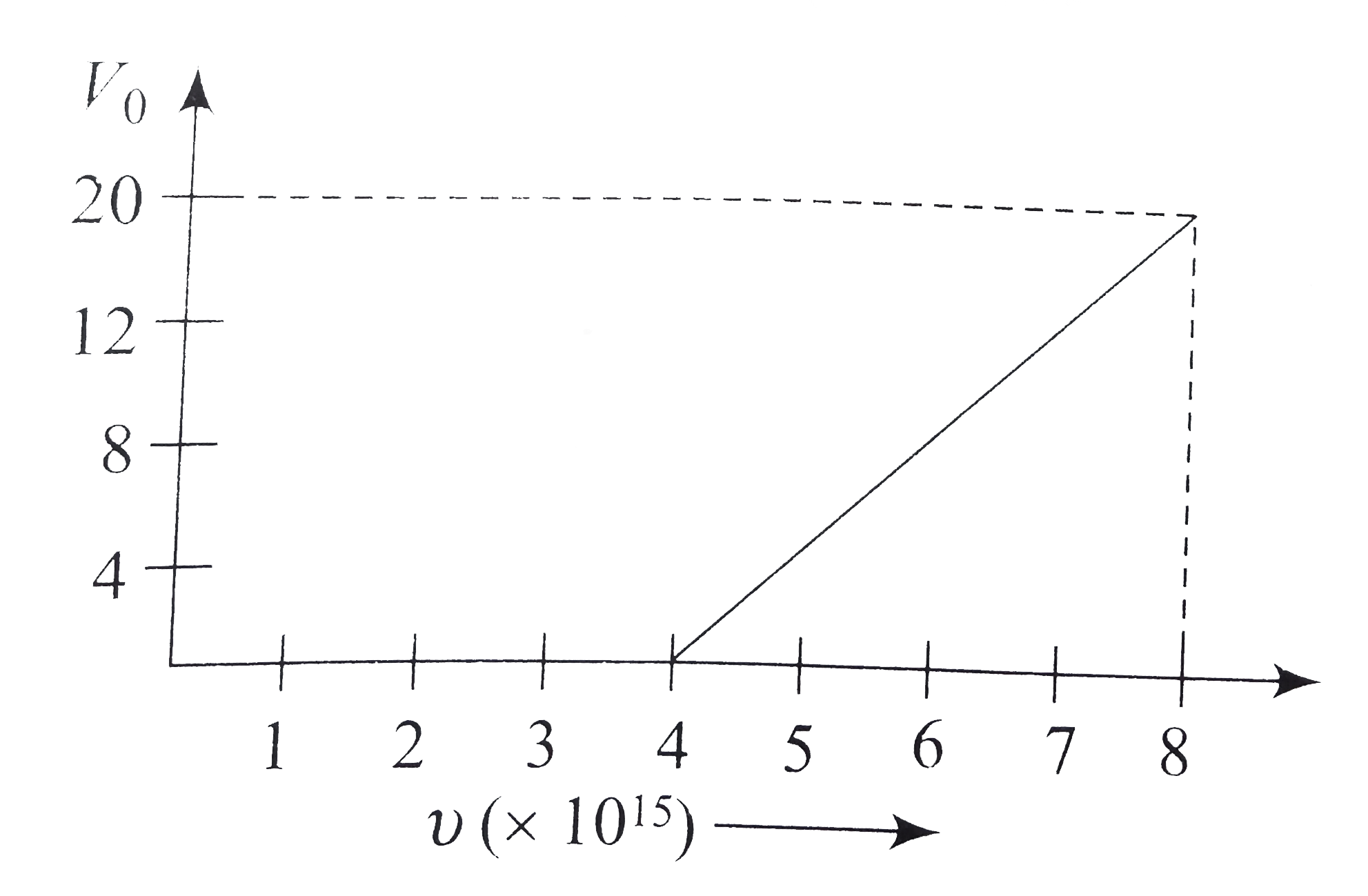Assertion : Photoelectric current depends on the intensity of incident light.
Reason : Number of photoelectrons emitted per second is directly proportional to intensity of incident radiation.
Work function
Frequency of radiations
Intensity of radiation
Stopping potential
The correct Answer is:C
Step by step video & image solution for Assertion : Photoelectric current depends on the intensity of incident light. Reason : Number of photoelectrons emitted per second is directly proportional to intensity of incident radiation. by Physics experts to help you in doubts & scoring excellent marks in Class 12 exams.
Updated on:21/07/2023Topper's Solved these Questions
- DUAL NATURE OF RADIATION AND MATTERBook:AAKASH SERIESChapter:DUAL NATURE OF RADIATION AND MATTERExercise:EXERCISE-I ASSERTION AND REASON
Explore 4 Videos
- DUAL NATURE OF RADIATION AND MATTERBook:AAKASH SERIESChapter:DUAL NATURE OF RADIATION AND MATTERExercise:EXERCISE=II
Explore 42 Videos
- DUAL NATURE OF RADIATION AND MATTERBook:AAKASH SERIESChapter:DUAL NATURE OF RADIATION AND MATTERExercise:PRACTICE EXERCISEX
Explore 42 Videos
- CURRENT ELECTRICITYBook:AAKASH SERIESChapter:CURRENT ELECTRICITYExercise:EXERCISE - IA
Explore 2 Videos
- ELECTRIC CHARGES AND FIELDSBook:AAKASH SERIESChapter:ELECTRIC CHARGES AND FIELDSExercise:Practice Exercise
Explore 57 Videos
Similar Questions
As the intensity of incident light increases
View SolutionThe number of electrons emitted by a surface exposed to light is directly proportional to
View SolutionIn photoelectric effect, the number of photoelectrons emitted is proportional to :
View SolutionIn photoelectric effect, the number of photoelectrons emitted is proportional to :
View SolutionThe kinetic energy of photoelectrons emitted by a photosensitive surface depends on the internsity of the incident radiation
View SolutionWhen a high frequency electromagnetic radiation is incident on a metallic surface, electrons are emitted from the surface. Energy of emitted photoelectrons depends only on the frequency of incident electromagnetic radiation and the number of emitted electrons depends only on the intensity of incident light.
Einstein's protoelectron equation [Kmax=hv−ϕ} correctly explains the PE, where υ= frequency of incident light and ϕ= work function.
Q. The slope of the graph between stopping potential and frequency is [here h is the Planck's constant and e is the charge of an electron] is
View Solution
When a high frequency electromagnetic radiation is incident on a metallic surface, electrons are emitted from the surface. Energy of emitted photoelectrons depends only on the frequency of incident electromagnetic radiation and the number of emitted electrons depends only on the intensity of incident light.
Einstein's protoelectron equation [Kmax=hv−ϕ] correctly ecplains the PE, where υ= frequency of incident light and ϕ= work function.
Q. For photoelectric effect in a metal, the graph of the stopping potential V0 (in volt) versus frequency υ (in hertz) of the incident radiation is shown in Fig. The work function of the metal (in eV) is.
View SolutionIf intensity of incident light is increased in photo electric effect then which of the following is true ?
View SolutionAssertion (A) : On increasing the frequency of light larger number of photoelectrons are emitted .
Reason (R) : The number of electrons emitted depends on the intensity of incident light.
View SolutionExplain photoelectric effect Explain the effect of increase of intensity of incident radiations on photoelectrons emitted by a photo-tube.
View Solution